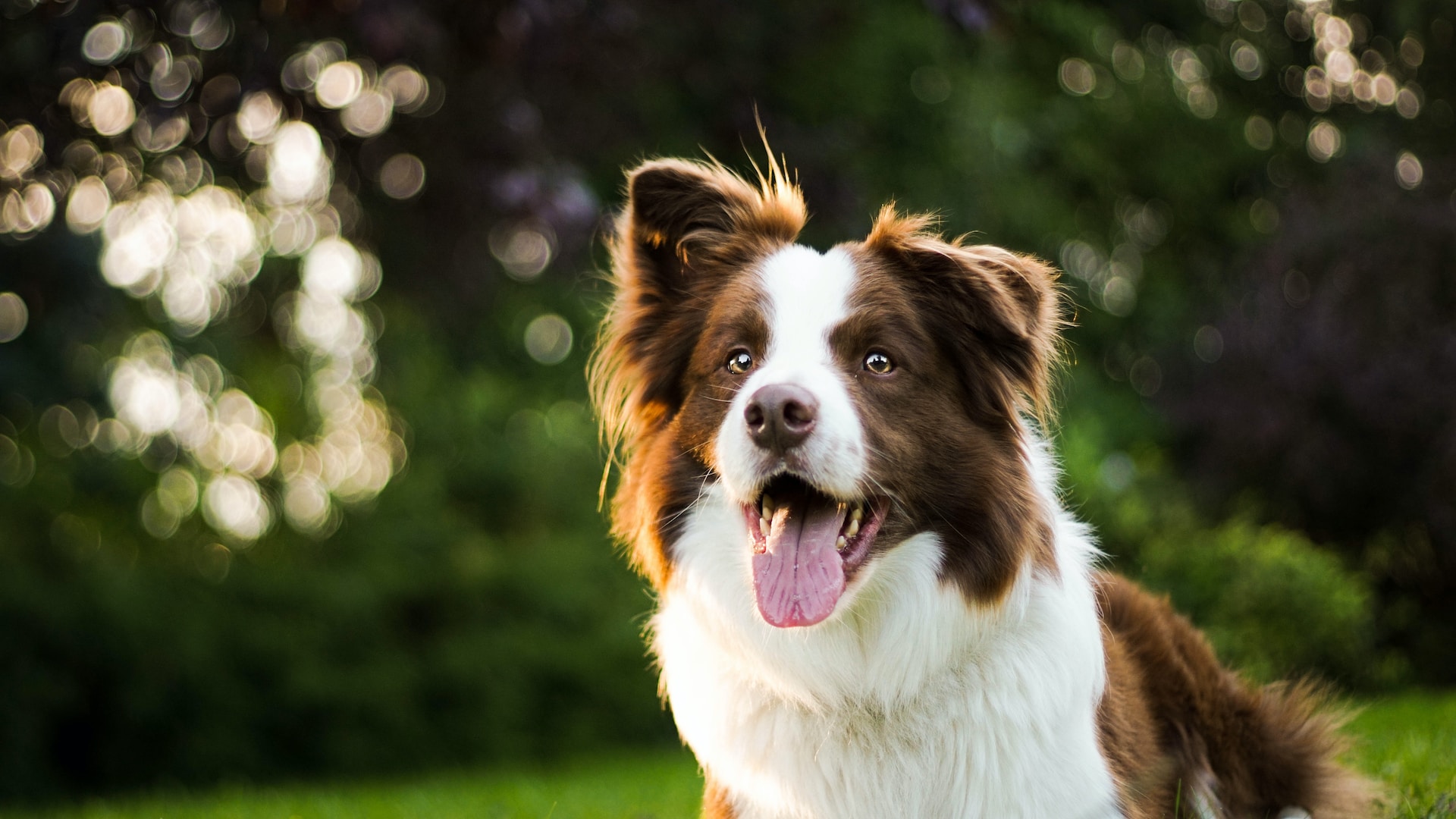
An age-old debate has bubbled up among dog owners and pet enthusiasts alike. Should we be brushing our dog’s teeth? Well, the quick answer is yes, you should. Just as humans rely on oral hygiene to maintain health and prevent diseases, so do our four-legged friends. Below, we dive deeper into the rationale, benefits, and effective techniques associated with brushing a dog’s teeth.
Importance of Brushing
First, it is essential to understand that overlooking your dog’s oral health can lead to more than bad breath. Dogs can also suffer from plaque and tartar buildup, gingivitis, periodontal disease, tooth decay, and tooth loss – conditions that are painful and can lead to severe health complications if left untreated. In fact, dental disease in dogs can cause harmful bacteria to spread to other parts of their bodies, such as the heart, kidneys, and liver.
What’s more, certain breeds, such as small dogs and brachycephalic breeds (dogs with shortened snouts like Bulldogs and Pugs), are especially prone to dental problems due to their unique dental anatomy. However, all breeds of dogs can benefit from regular teeth brushing.
Brushing Recommendations
The American Veterinary Medical Association (AVMA) and numerous veterinary dentistry societies, including the American Veterinary Dental College, recommend brushing your dog’s teeth daily or at least several times weekly. Daily brushing can remove plaque before it hardens into tartar, helping to prevent the buildup that leads to dental disease. Anything less than brushing every other day is a waste of time.
What You’ll Need
The process of brushing a dog’s teeth isn’t as arduous as it may seem. You’ll need a canine toothbrush, which has softer bristles and a longer handle than a human toothbrush, and dog friendly toothpaste, which is safe for dogs to ingest. Human toothpaste should not be used as it often contains ingredients, such as fluoride and xylitol, that can be toxic to dogs if swallowed.
How To Brush Your Dog’s Teeth
It’s important to start brushing your dog’s teeth from a young age so they can get used to the process. However, it’s never too late to start. Begin by allowing your dog to taste the toothpaste, then gradually get them used to you touching their mouth and gums. After they’re comfortable with this, you can begin brushing their teeth in gentle, circular motions. Always remember to make the process positive, perhaps by rewarding your dog with praise or a small treat afterward. Click here for a video on how to brush a dog’s teeth.
Professional Dog Dental Cleanings and Dental Health Products
Bear in mind although brushing your dog’s teeth can significantly contribute to their oral health, it does not replace regular veterinary dental check-ups by a board-certified veterinary dentist. Professional cleaners allow for the removal of hardened tartar, which cannot be removed by brushing alone, and provide the opportunity for a more in-depth dental health evaluation.
There’s also a growing market of dental health products for dogs, such as dental chews, water additives, and special diets, that can supplement your brushing routine. However, these should not be used as a replacement for brushing but as additional support for your dog’s dental hygiene.
Investing In Your Pet’s Health
In conclusion, brushing your dog’s teeth is a small investment that can benefit your pet significantly. Not only can regular brushing prevent painful and expensive dental diseases, but it can also extend your dog’s lifespan by helping to prevent systemic disease caused by oral bacteria. Furthermore, it’s a wonderful opportunity to strengthen your bond with your furry friend.
To ensure your dog’s optimal oral health, incorporate brushing into your regular routine, consult with your veterinarian about professional dental cleanings, and explore the wide range of dental health products available. By prioritizing your dog’s dental health, you give your four-legged friend the best chance at a healthy, happy life.
Photo by AnnaDudkova from Unsplash
